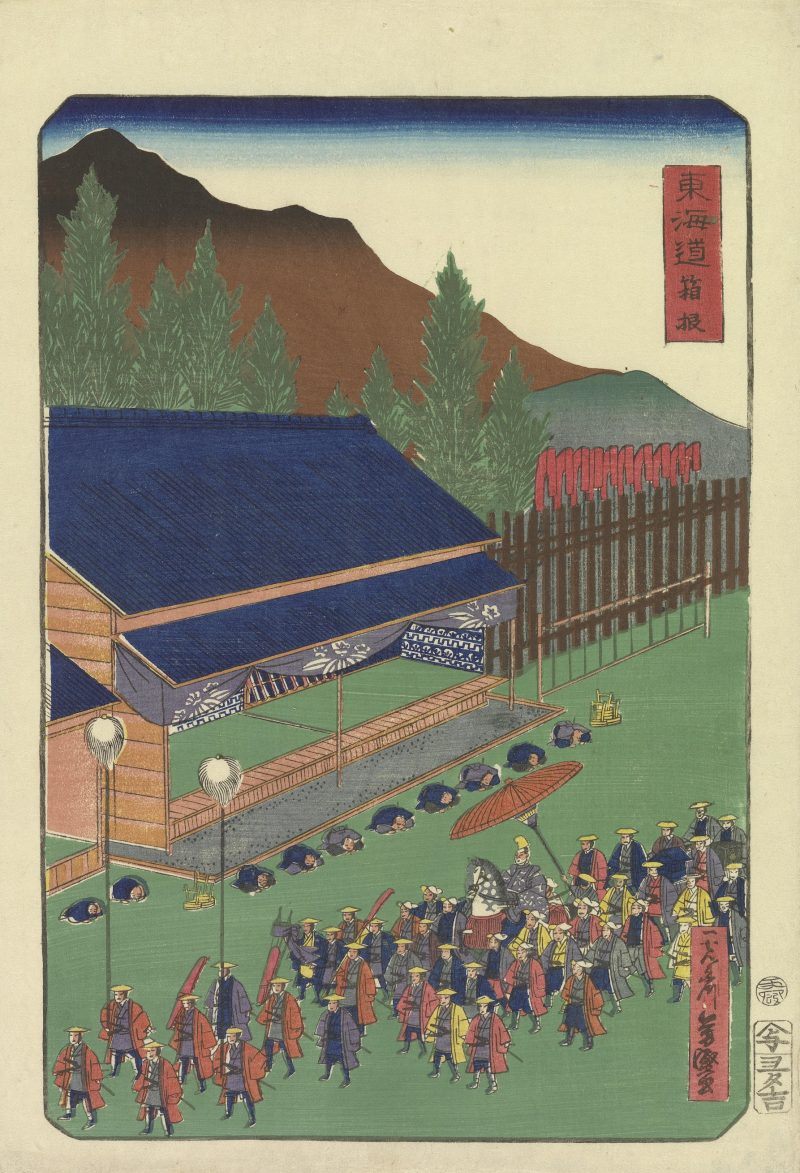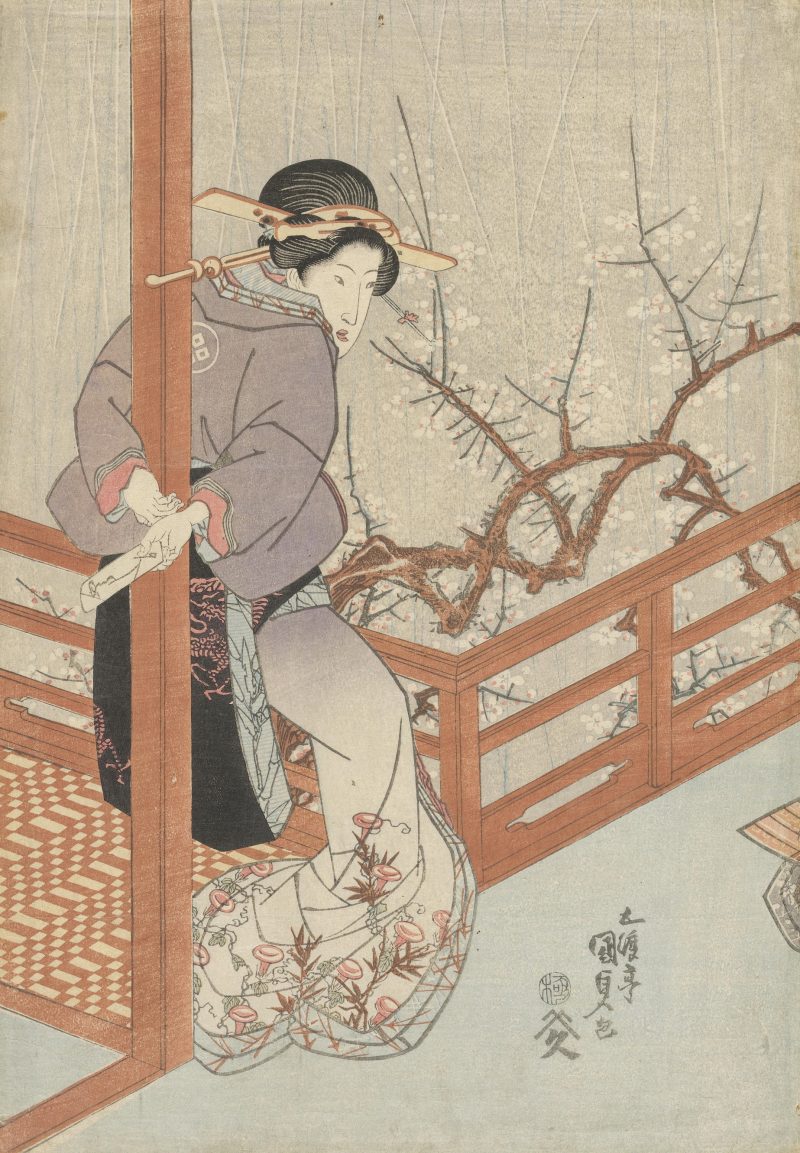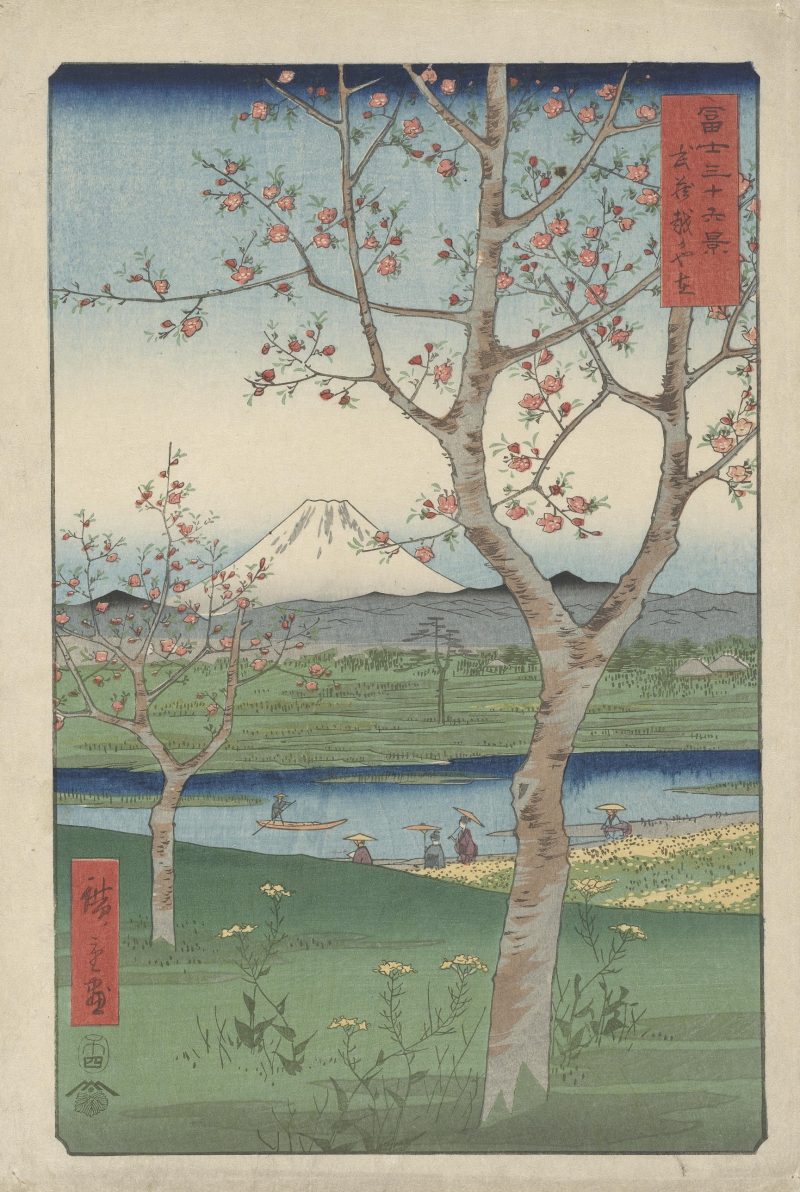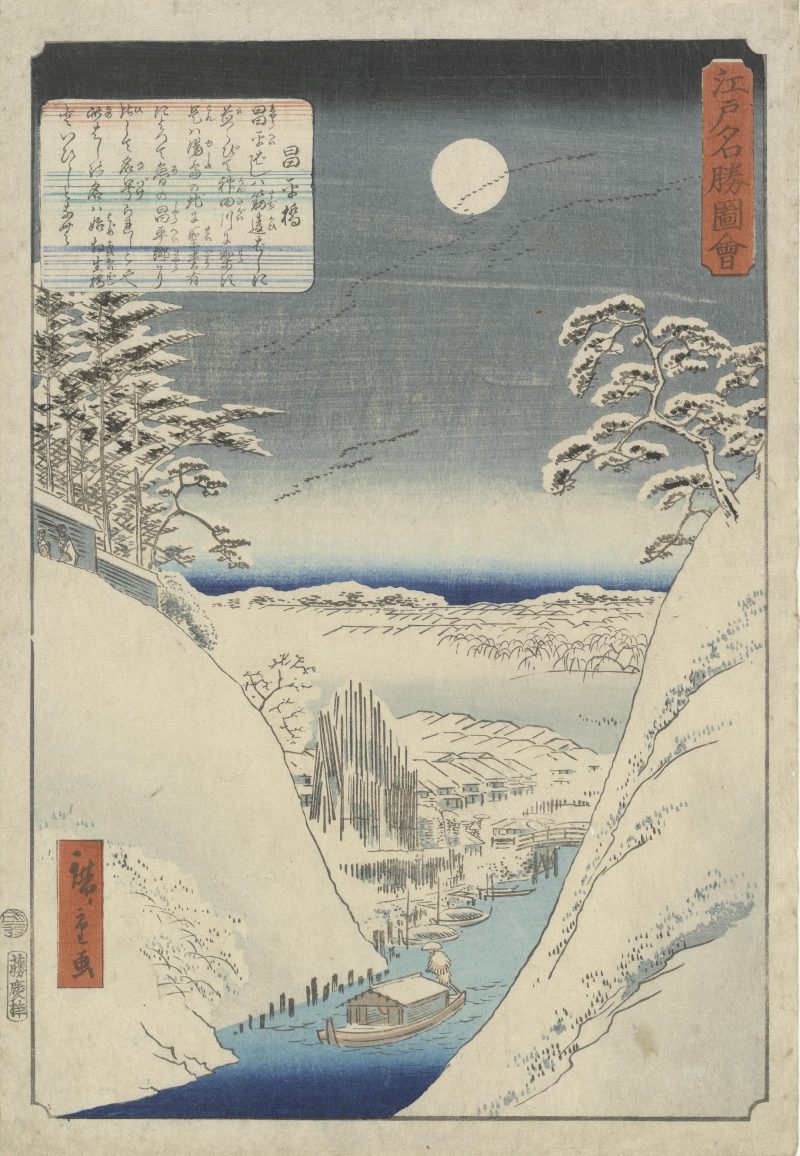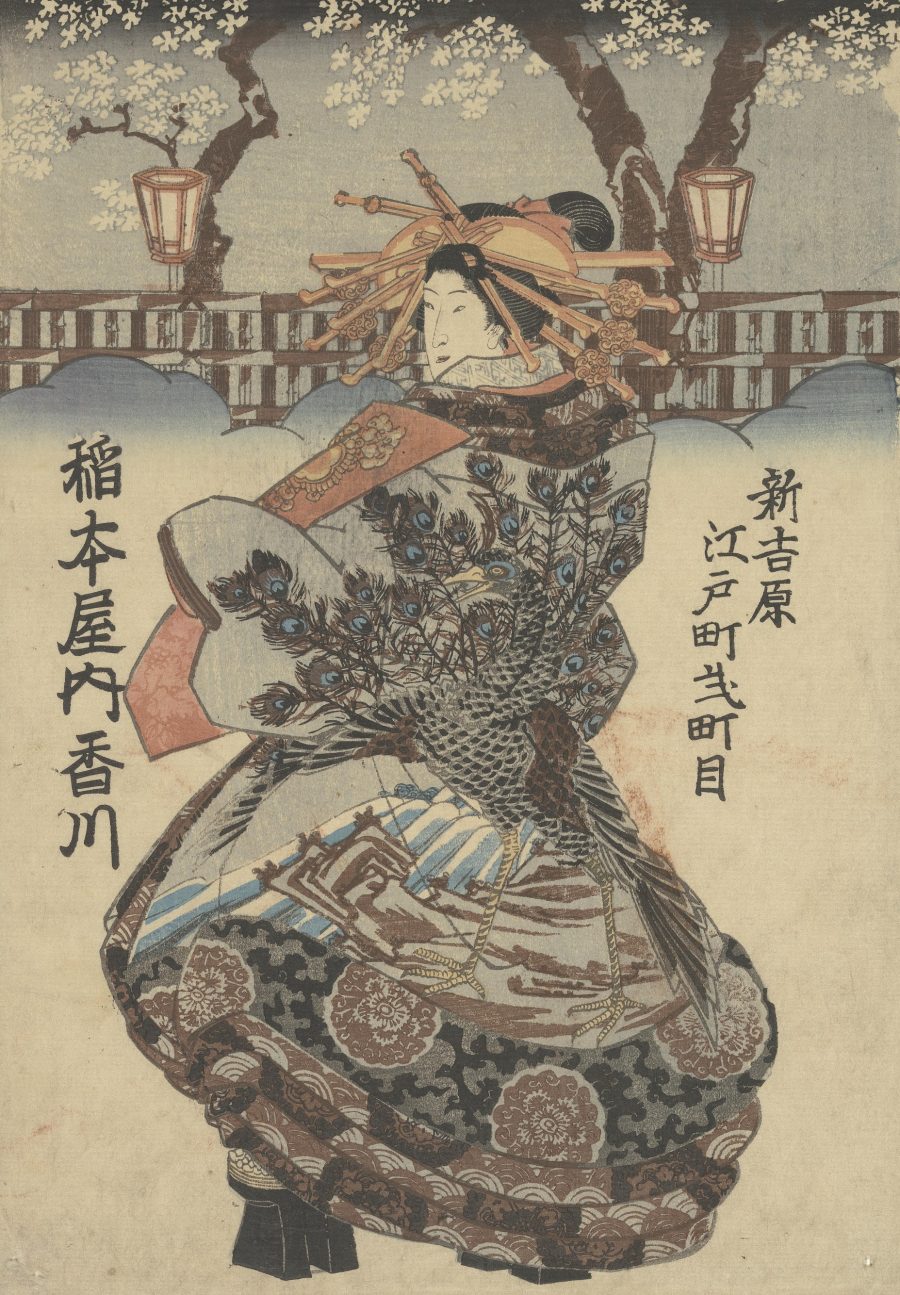[Most Recent Entries] [Calendar View]
Tuesday, January 15th, 2019
| Time | Event |
| 9:00a | Making Sense of White Paintings: A Short Art History Lesson on Minimalism and the All-White Painting “I could do that” goes the refrain of philistines at modern art galleries, sometimes followed by a “Hell, my dog/cat/baby/elephant could do that!” Sophisticates smirk knowing smirks. Oh no, sir or madam, they most certainly could not. But maybe everyone, at some level, comes across Agnes Martin’s White Stone or Jo Baer’s Untitled (White Square Lavender) and thinks it looks like someone “just took a tube of white paint and spread it on a canvas.” It's tempting to imagine, notes Vox in the explainer video above, but “it’s not actually that easy.” Oh, really? Enlighten us…. Why exactly did Robert Ryman’s all-white painting Bridge sell for $20.6 million dollars? This question may be answered in another video. Here, we get a little bit of art history—on the origins of the all-white painting in the minimalism of Kazimir Malevich (he preferred to call it “Suprematism”) and the development of Minimalism, capital "M." Elisabeth Sherman, assistant curator at the Whitney Museum in New York says that “white isn’t ever a pure thing, white is always tinted in some way.” Of course we know this, she acknowledges, because we’ve marveled at the dozens of shades of white in the paint section of the hardware store. Attend to the subtle gradations of white, from warm to cool, and the range of textures, lines, patterns, shapes, and “subtle intricacies,” and the all-white painting begins to reveal itself as an almost living, breathing thing rather than a piece of decorative drywall. Art historically, the variety of white paintings came about principally in the 50s as a response to Abstract Expressionism’s emotional excesses and the outsized gestural personalities of De Kooning and Pollock. Artists like Bauhaus alum Josef Albers and Minimalist purist Frank Stella proposed that “the art object” should “be as far removed from the author as possible.” No greater an attack could be launched on the idea of art as personal expression than the all-white painting. This tendency toward total abstraction—reducing art to fields of color, non-color, and simple shapes—has made a lot of people very upset. Vox includes several clips of “men getting angry” at Minimalist art. The word “pretentious” pops up a lot. The all-white painting has even inspired a play, Yasmina Reza’s Art, about “a group of lifelong friends who are torn apart when one of them buys an all-white painting for $200,000.” As for “I could do that”… in nearly every show she’s worked on in her career as a curator, Sherman remarks, “someone has said that.” Well, she says, yes, maybe you could. “But you didn’t.” So there. If looking at an all-white painting (or an all-black painting) makes you feel angry, annoyed, or dismissive, maybe, she says, try and get beyond that first impression and engage with the subtleties of the work. And maybe don’t ask how much the museum paid for it. Related Content: Harvard Puts Online a Huge Collection of Bauhaus Art Objects Watch At the Museum, MoMA’s 8-Part Documentary on What it Takes to Run a World-Class Museum Josh Jones is a writer and musician based in Durham, NC. Follow him at @jdmagness Making Sense of White Paintings: A Short Art History Lesson on Minimalism and the All-White Painting is a post from: Open Culture. Follow us on Facebook, Twitter, and Google Plus, or get our Daily Email. And don't miss our big collections of Free Online Courses, Free Online Movies, Free eBooks, Free Audio Books, Free Foreign Language Lessons, and MOOCs. |
| 3:00p | Complex Math Made Simple With Engaging Animations: Fourier Transform, Calculus, Linear Algebra, Neural Networks & More In many an audio engineering course, I’ve come across the Fourier Transform, an idea so fundamental in sound production that it seems essential for everyone to know it. My limited understanding was, you might say, functional. It’s some kind of mathematical reverse engineering machine that turns waveforms into frequencies, right? Yes, but it’s much more than that. The idea can seem overwhelming to the non-mathematically-inclined among us. The Fourier Transform, named for French mathematician and physicist Jean-Baptiste Joseph Fourier, “decomposes” any wave form into frequencies, and “virtually everything in the world can be described via a waveform,” writes one introduction to the theory. That includes not only sounds but “electromagnetic fields, the elevation of a hill versus location… the price of your favorite stock versus time,” the signals of an MRI scanner. The concept “extends well beyond sound and frequency into many disparate areas of math and even physics. It is crazy just how ubiquitous this idea is," notes the 3Blue1Brown video above, one of dozens of animated explorations of mathematical concepts. I know far more than I did yesterday thanks to this comprehensive animated lecture. Even if it all seems old hat to you, “there is something fun and enriching,” the video assures us, “about seeing what all of its components look like.” Things get complicated rather quickly when we get into the dense equations, but the video illustrates every formula with graphs that transform the numbers into meaningful moving images. 3Blue1Brown, a project of former Khan Academy fellow Grant Sanderson, has done the same for dozens of STEM concepts, including such subjects as higher dimensions, cryptocurrencies, machine learning, and neural networks and essentials of calculus and linear algebra like the derivative paradox and “Vectors, what even are they?” [Error: Irreparable invalid markup ('<div [...] http://cdn8.openculture.com/>') in entry. Owner must fix manually. Raw contents below.] <div class="oc-video-wrapper">
<div class="oc-video-container">
<p><a href="http://feedproxy.google.com/~r/OpenCulture/~3/fJXSuu621k4/http//www.youtube.com/watch?v=spUNpyF58BY"><img src="http://img.youtube.com/vi/spUNpyF58BY/default.jpg" border="0" width="320" /></a></p>
</div>
<p> <!-- /oc-video-embed -->
</p></div>
<p><!-- /oc-video-wrapper --></p>
<p>In many an audio engineering course, I’ve come across the Fourier Transform, an idea so fundamental in sound production that it seems essential for everyone to know it. My limited understanding was, you might say, functional. It’s some kind of mathematical reverse engineering machine that turns waveforms into frequencies, right? Yes, but it’s much more than that. The idea can seem overwhelming to the non-mathematically-inclined among us.</p>
<p>The Fourier Transform, named for French mathematician and physicist Jean-Baptiste Joseph Fourier, “decomposes” any wave form into frequencies, and “virtually everything in the world can be described via a waveform,” writes <a href="http://www.thefouriertransform.com/#introduction">one introduction</a> to the theory. That includes not only sounds but “electromagnetic fields, the elevation of a hill versus location… the price of your favorite stock versus time,” the <a href="https://mriquestions.com/fourier-transform-ft.html">signals of an MRI scanner</a>.</p>
<p/><center></center>
<p>The concept “extends well beyond sound and frequency into many disparate areas of math and even physics. It is crazy just how ubiquitous this idea is," notes the <a href="https://www.3blue1brown.com/">3Blue1Brown</a> video above, one of <a href="https://www.youtube.com/channel/UCYO_jab_esuFRV4b17AJtAw">dozens of animated explorations of mathematical concepts</a>. I know far more than I did yesterday thanks to this comprehensive animated lecture. Even if it all seems old hat to you, “there is something fun and enriching,” the video assures us, “about seeing what all of its components look like.”</p>
<p>Things get complicated rather quickly when we get into the dense equations, but the video illustrates every formula with graphs that transform the numbers into meaningful moving images.</p>
<div class="oc-video-wrapper">
<div class="oc-video-container">
<p><a href="http://feedproxy.google.com/~r/OpenCulture/~3/fJXSuu621k4/http//www.youtube.com/watch?v=bBC-nXj3Ng4"><img src="http://img.youtube.com/vi/bBC-nXj3Ng4/default.jpg" border="0" width="320" /></a></p>
</div>
<p> <!-- /oc-video-embed -->
</p></div>
<p><!-- /oc-video-wrapper --></p>
<p>3Blue1Brown, a project of former Khan Academy fellow Grant Sanderson, has done the same for <a href="https://www.youtube.com/channel/UCYO_jab_esuFRV4b17AJtAw">dozens of STEM concepts</a>, including such subjects as <a href="https://www.youtube.com/watch?v=zwAD6dRSVyI">higher dimensions</a>, <a href="https://www.youtube.com/watch?v=bBC-nXj3Ng4">cryptocurrencies</a>, <a href="https://www.youtube.com/watch?v=IHZwWFHWa-w">machine learning</a>, and <a href="https://www.youtube.com/watch?v=aircAruvnKk">neural networks</a> and <a href="https://www.youtube.com/playlist?list=PLZHQObOWTQDMsr9K-rj53DwVRMYO3t5Yr">essentials of calculus</a> and <a href="https://www.youtube.com/playlist?list=PLZHQObOWTQDPD3MizzM2xVFitgF8hE_ab">linear algebra</a> like the <a href="https://www.youtube.com/watch?v=9vKqVkMQHKk">derivative paradox</a> and <a href="https://www.youtube.com/watch?v=fNk_zzaMoSs">“Vectors, what even are they?”</a></p>
<div class="oc-video-container" http://cdn8.openculture.com/="http://cdn8.openculture.com/">
<p>In shorter lessons, you can learn to count to 1000 on two hands, or, just below, learn what it feels like to invent math. (It feels weird at first.)</p>
<div class="oc-video-wrapper">
<div class="oc-video-container">
<p><a href="http://feedproxy.google.com/~r/OpenCulture/~3/fJXSuu621k4/http//www.youtube.com/watch?v=XFDM1ip5HdU"><img src="http://img.youtube.com/vi/XFDM1ip5HdU/default.jpg" border="0" width="320" /></a></p>
</div>
<p> <!-- /oc-video-embed -->
</p></div>
<p><!-- /oc-video-wrapper --></p>
<p>Sanderson's short courses “tend to fall into one of two categories,” <a href="https://www.3blue1brown.com/about/">he writes</a>: topics “people might be seeking out,” like many of those mentioned above, and “problems in math which many people may not have heard of, and which seem really hard at first, but where some shift in perspective makes it both doable and beautiful.” These puzzles with elegantly clever solutions can be found <a href="https://www.youtube.com/playlist?list=PLZHQObOWTQDPSKntUcMArGheySM4gL7wS">here</a>. Whether you’re a hardcore math-head or not, you’ll find Sanderson’s series of 3Blue1Brown animations illuminating. <a href="https://www.youtube.com/channel/UCYO_jab_esuFRV4b17AJtAw">Find them all here</a>.</p>
<div class="oc-video-container" />
<p><strong>Related Content:</strong></p>
<p><a title="Permanent Link to Free Online Math Courses" href="http://www.openculture.com/math_free_courses" rel="bookmark">Free Online Math Courses</a></p>
<p><a href="http://www.openculture.com/2017/02/the-map-of-mathematics.html">The Map of Mathematics: Animation Shows How All the Different Fields in Math Fit Together</a></p>
<p><a href="http://www.openculture.com/2015/11/citizen-maths-a-free-online-course-that-teaches-adults-the-math-they-missed-in-high-school.html">Citizen Maths: A Free Online Course That Teaches Adults the Math They Missed in High School</a></p>
<p><a href="http://www.openculture.com/free-math-textbooks">Free Math Textbooks </a></p>
<p><a href="http://www.openculture.com/2009/08/math_magic.html">Math Magic</a></p>
<p><a href="http://about.me/jonesjoshua"><em>Josh Jones</em></a><em> is a writer and musician based in Durham, NC. Follow him at <a href="https://twitter.com/jdmagness">@jdmagness</a></em></p>
<!-- permalink:http://www.openculture.com/2019/01/complex-math-made-simple-with-engaging-animations.html--><p><a rel="nofollow" href="http://www.openculture.com/2019/01/complex-math-made-simple-with-engaging-animations.html">Complex Math Made Simple With Engaging Animations: Fourier Transform, Calculus, Linear Algebra, Neural Networks & More</a> is a post from: <a href="http://www.openculture.com">Open Culture</a>. Follow us on <a href="https://www.facebook.com/openculture">Facebook</a>, <a href="https://twitter.com/#!/openculture">Twitter</a>, and <a href="https://plus.google.com/108579751001953501160/posts">Google Plus</a>, or get our <a href="http://www.openculture.com/dailyemail">Daily Email</a>. And don't miss our big collections of <a href="http://www.openculture.com/freeonlinecourses">Free Online Courses</a>, <a href="http://www.openculture.com/freemoviesonline">Free Online Movies</a>, <a href="http://www.openculture.com/free_ebooks">Free eBooks</a>, <a href="http://www.openculture.com/freeaudiobooks">Free Audio Books</a>, <a href="http://www.openculture.com/freelanguagelessons">Free Foreign Language Lessons</a>, and <a href="http://www.openculture.com/free_certificate_courses">MOOCs</a>.</p>
<div class="feedflare">
<a href="http://feeds.feedburner.com/~ff/OpenCulture?a=fJXSuu621k4:M1HodXxB0o4:yIl2AUoC8zA"><img src="http://feeds.feedburner.com/~ff/OpenCulture?d=yIl2AUoC8zA" border="0"></img></a> <a href="http://feeds.feedburner.com/~ff/OpenCulture?a=fJXSuu621k4:M1HodXxB0o4:V_sGLiPBpWU"><img src="http://feeds.feedburner.com/~ff/OpenCulture?i=fJXSuu621k4:M1HodXxB0o4:V_sGLiPBpWU" border="0"></img></a> <a href="http://feeds.feedburner.com/~ff/OpenCulture?a=fJXSuu621k4:M1HodXxB0o4:gIN9vFwOqvQ"><img src="http://feeds.feedburner.com/~ff/OpenCulture?i=fJXSuu621k4:M1HodXxB0o4:gIN9vFwOqvQ" border="0"></img></a> <a href="http://feeds.feedburner.com/~ff/OpenCulture?a=fJXSuu621k4:M1HodXxB0o4:qj6IDK7rITs"><img src="http://feeds.feedburner.com/~ff/OpenCulture?d=qj6IDK7rITs" border="0"></img></a> <a href="http://feeds.feedburner.com/~ff/OpenCulture?a=fJXSuu621k4:M1HodXxB0o4:I9og5sOYxJI"><img src="http://feeds.feedburner.com/~ff/OpenCulture?d=I9og5sOYxJI" border="0"></img></a>
</div><img src="http://feeds.feedburner.com/~r/OpenCulture/~4/fJXSuu621k4" height="1" width="1" alt="" /> |
| 7:00p | Download Vincent van Gogh’s Collection of 500 Japanese Prints, Which Inspired Him to Create “the Art of the Future”
Vincent van Gogh never went to Japan, but he did spend quite a bit of time in Arles, which he considered the Japan of France. What made him think of the place that way had to do entirely with aesthetics. The Netherlands-born painter had moved to Paris in 1886, but two years later he set off for the south of France in hopes of finding real-life equivalents of the "clearness of the atmosphere and the gay colour effects" of Japanese prints. These days, we've all seen at least a few examples of that kind of art and can imagine more or less exactly what he was talking about. But how did the man who painted Sunflowers and The Starry Night come to draw such inspiration from what must have felt like such exotic art of such distant a provenance?
"There was huge admiration for all things Japanese in the second half of the nineteenth century," says the Van Gogh Museum's visual essay on the painter's relationship with Japan. "Very few artists in the Netherlands studied Japanese art. In Paris, by contrast, it was all the rage. So it was there that Vincent discovered the impact Oriental art was having on the West, when he decided to modernise his own art." Having got a deal on about 660 Japanese woodcuts in the winter of 1886-87, apparently with an intent to trade them, he ultimately held on to them, copied them, and even used their elements as backgrounds for his own portraits.
"My studio’s quite tolerable," he wrote to his brother Theo, "mainly because I’ve pinned a set of Japanese prints on the walls that I find very diverting. You know, those little female figures in gardens or on the shore, horsemen, flowers, gnarled thorn branches." More than a diversion, he saw in their radical difference from the rigorously realistic, convention-bound traditional European painting a way toward "the art of the future," which he was convinced "had to be colourful and joyous, just like Japanese printmaking." As he developed what he called a "Japanese eye" while living in Arles, "his compositions became flatter, more intense in colour, with clear lines and decorative patterns."
The Van Gogh Museum has digitized and made available to download Van Gogh's Japanese art collection, or at least most of them: you can read about the hundred or so "missing" works here, and you can view the 500 the museum has retained here. Every time you reload the front page, the selection it presents reshuffles; otherwise, you can browse the collection by subject, person and institution, technique, object type, and style. Some of the best-represented categories include landscape, actor print, spring, and female beauty. Whether the Japan-inspired Van Gogh (or colleagues who shared his interest, chiefly Paul Gauguin) succeeded in creating the art of the future is up to art historians to debate, but no one who sees his collection of Japanese art will ever be able to unsee its influence on his own work. Not that Van Gogh didn't admit it himself: "All my work," he wrote in a later letter to Theo, "is based to some extent on Japanese art."
Related Content: Download Hundreds of Van Gogh Paintings, Sketches & Letters in High Resolution Simon Schama Presents Van Gogh and the Beginning of Modern Art Enter a Digital Archive of 213,000+ Beautiful Japanese Woodblock Prints Based in Seoul, Colin Marshall writes and broadcasts on cities, language, and culture. His projects include the book The Stateless City: a Walk through 21st-Century Los Angeles and the video series The City in Cinema. Follow him on Twitter at @colinmarshall or on Facebook. Download Vincent van Gogh’s Collection of 500 Japanese Prints, Which Inspired Him to Create “the Art of the Future” is a post from: Open Culture. Follow us on Facebook, Twitter, and Google Plus, or get our Daily Email. And don't miss our big collections of Free Online Courses, Free Online Movies, Free eBooks, Free Audio Books, Free Foreign Language Lessons, and MOOCs. |
| << Previous Day |
2019/01/15 [Calendar] |
Next Day >> |



